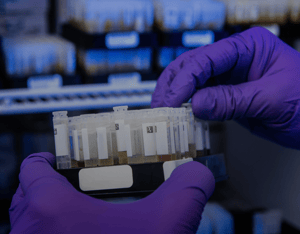Unfortunately, our waists are still getting bigger and so is out mortality risk.
More than half of United States adults have a BMI that indicates obesity, according to the 2018 NHANES sampling. The prevalence of obesity (BMI 30–39) had risen to 42% for both genders, and over 9% of the population had a BMI >39 which indicates severe obesity. This is a 12% increase in obesity since 2000 and double the amount of people who are severely obese. For individual insurance applicants these obesity percentages are lower, but still rising, with 24% obesity and 2.4% severe obesity cases.
Experts at CRL recently examined the mortality risk associated with physical build in one of the largest and most relevant cohorts available: insurance applicants. If we exclude likely to be rated applicants with diabetes (HbA1c ≥6.5) and marked hypertension (systolic BP >140 mm Hg), non-smokers had up to a 49% increase in risk for a BMI 30–34 and a 50–75% increase in risk for BMI 35–39.
Because the BMI of the average risk pool has increased, those left at a low BMI (<20) show ever-increasing relative risk due to various unhealthy applicants, despite this group still containing many healthy athletes of all ages.
To review the risk by BMI from 15–42+ split by age, gender and for smokers as well as non-smokers, follow this link to our paper from the Jour. of Insurance Medicine: 2014 CRL Build Study of Life Insurance Applicants.
A full list of CRL mortality research is available by clicking here.
About the Author
Michael Fulks, MD, Consulting Medical Director, is board-certified in internal and insurance medicine. After leaving practice, he served as a medical director, creating or editing several underwriting manuals and preferred programs. For the past 13 years, Dr. Fulks has consulted for CRL, participating in its mortality research on individual tests and all laboratory test results, BP and build in combination. He is also involved in the development and implementation of automated screening tools for non-laboratory data.






